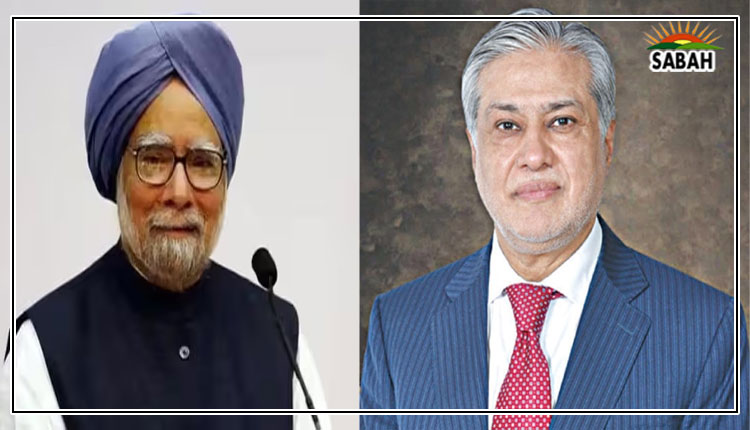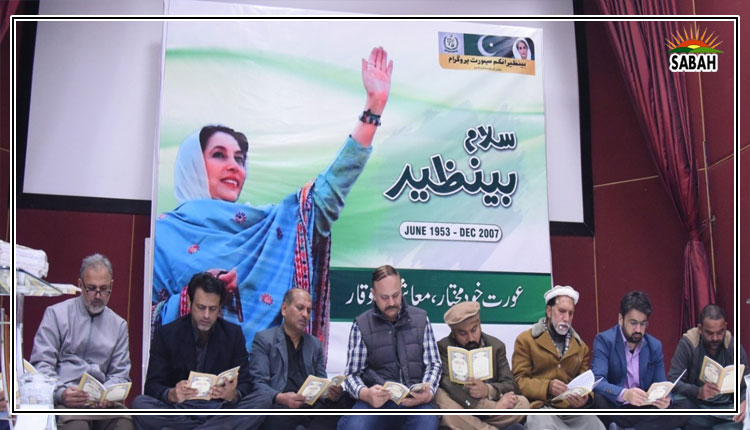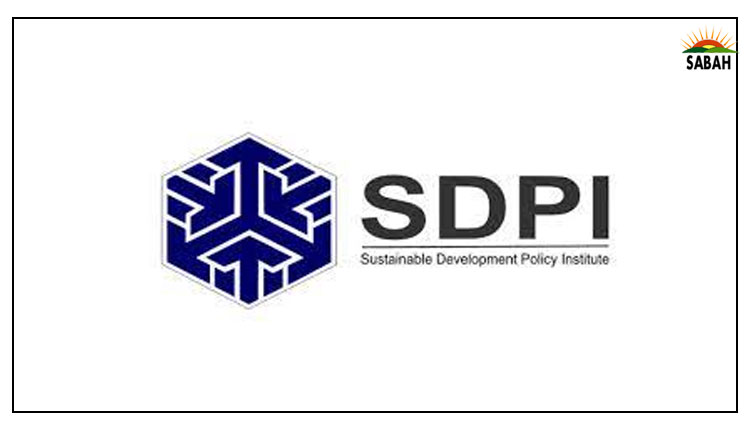Pakistan must not miss ‘Green Hydrogen’ revolution in just energy transition: Experts
ISLAMABAD, Feb 23 (SABAH): The experts at the seminar on Green Hydrogen generation prospects to chip in just energy transition in the country emphasized that Pakistan amid emerging trend of non-carbon eco-friendly fuels must not miss the opportunity to achieve clean energy transformation.
The Sustainable Development Policy Institute (SDPI)’s Network for Clean Energy Transition (NCET) organized the seminar titled “Public Private Dialogue titled ‘Exploring the Potential of Green Hydrogen in hard to abate Sectors of Pakistan” here.
Dr. Abid Qaiyum Suleri, Executive Director, SDPI in his opening remarks said the hydrogen as an element is highly reactive in nature that evades isolation in nature and forms bonds with other elements that is either carbon or oxygen that makes it complicated through its nature.
Dr. Suleri said, “Almost 90 million tonnes of carbon is produced annually in the world that causes 800 million tonnes of CO2 emissions to produce it. However, there is a worldwide debate on making it’s production eco-friendly but the amount of energy required for this is a cost intensive enterprise.”
He explained that hydrogen was of different nature namely the blue hydrogen which was produced by splitting methane gas molecules, the green hydrogen by water hydrolysis and the pink hydrogen was created through nuclear energy source.
The SDPI Executive Director underlined that that major challenge was the availability of electrolyzers to produce hydrogen whereas the US was producing electrolyzers globally and regionally India and China were striving to produce efficient hydrolyzers. Greenko, he said was an electrolyzer producing Indian firm, the students and researchers working on the subject should explore its model to learn through it for efficient hydrogen production solutions.
He proposed that the experts, researchers and students should work out investment and joint venture opportunities between Pakistani and Chinese firms under CPEC to achieve green hydrogen development capacity.
Senior Research Fellow and Energy Economy Expert, Dr Khalid Waleed presented a detailed presentation on the hard to abate sectors where reducing existing carbon emissions costly or impossible with available technology.
Managing Director, National Energy Efficiency and Conservation Authority (NEECA), Sardar Mohazzam termed the seminar as an informative and thought-provoking session. He said the Hydrogen production was the future without any doubt as it was an inevitable source of energy in the prevailing growing climate change, population rise and energy demands. The NEECA head stated that in order to achieve propitious transition it was necessary to align the policy initiatives with the concept of hydrogen production as it demanded a clarity of vision, policy, funding and regulations.
He mentioned that funding was the main constraint in hydrogen production development, whereas a thorough stocktaking of daunting challenges like source of funding public, private or foreign direct investment, processes to facilitate foreign investors in the sector and other issues needed to be sorted out prior to the policy roll out in the sector. He also underlined the significance of undertaking detailed cost benefit analysis and development of substitution methods, identification of local and international demands, and certification mechanisms to deal with it.
Other countries like Oman, KSA and India and EU, Germany, Korea and Japanese have demand and projections indicating rise in hydrogen production due to their international commitments to offset carbon emission to achieve NetZero, he added.
Head of Department, National Skills University, Dr Irfan Ahmed Gondal said Hydrogen was a complex element hat had issues with its usage and production whereas its production infrastructure was more important. “Some 9,000 tonnes of hydrogen is required to replace 450 tonnes of coal running a system to produce steel or cement. Around 2,000 electrolyzers of 10GW each are required for a factory. Hydrogen is a fanciful idea but it’s not feasible to produce in our system,” he said.
Abubakar Ismail, Amreli Steel said the steel industry has two production processes helps, namely the Primary steel making done through ores in a glass finances and sthe secondary steel making done through electric furnaces. However, the latter was a 70% less carbon intensive process than the primary steel making. He added that majority of the steel produced through secondary process was using electric furnaces that helped emit less carbon emissions. “Steel industry is focusing on adopting biomass and renewables as energy sources to reduce carbon emissions for 100% green steel,” he added.
He mentioned that economics was a major issue as the shift over hydrogen was expensive whereas hydrogen was not practically viable in every sector.
Naheed Memon, Pioneer Green hydrogen production project Oracle Power said the firm had tapped into the opportunity to explore hydrogen and related molecules. She added that the application of all those molecules was globally staggering and was growing at rising trend. She added that the hydrogen production opportunity was large and viable only if the project was developed on a large scale.
She added that green hydrogen is the direction the world is travelling in. Memon maintained that it was imperative to maintain competitiveness in the process to promote green hydrogen production and penetration into the system. “Pakistan has a huge opportunity to become part of the global supply of hydrogen as it has the resources to become legit supplier of these molecules in the region. We need to produce these molecules competitively with cost efficient and better production processes that requires policy, customization and mobilized adaptation. The investors, businesses and industry will need government legislation to adapt to it with proper infrastructure on ground,” she added.












